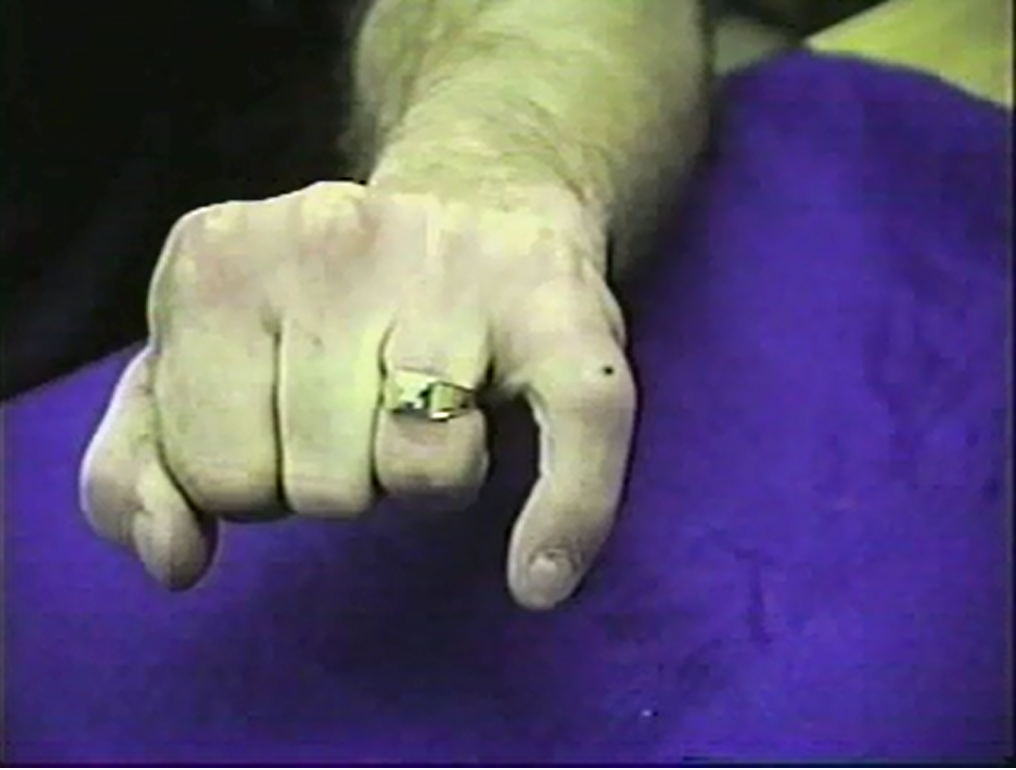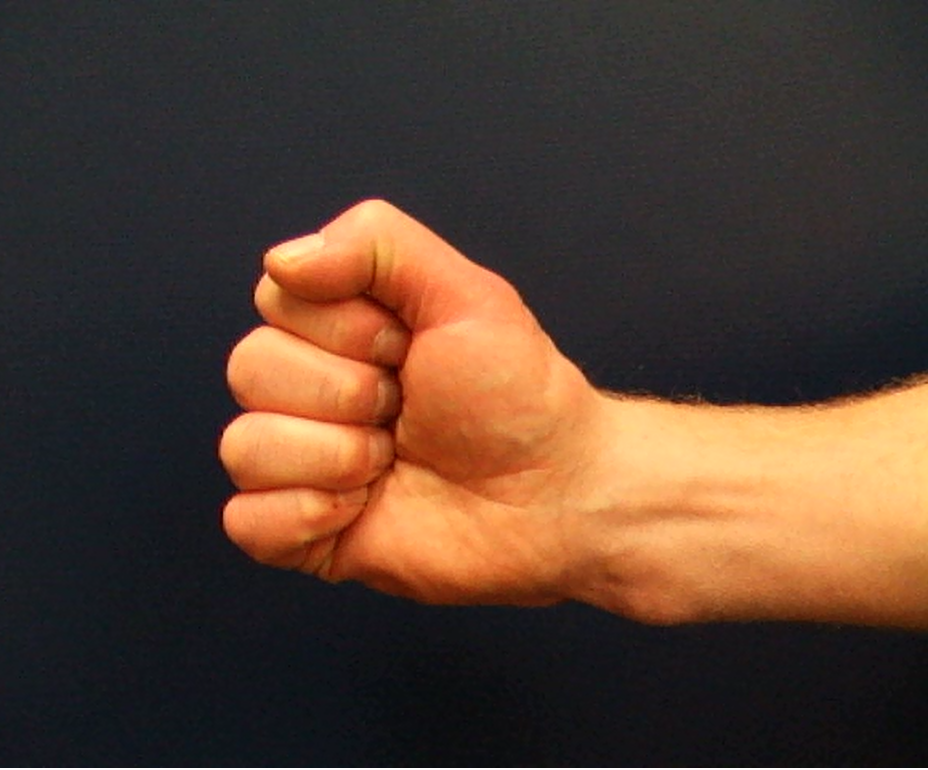Course Menu
Biomechanics of the Hand
Brachial Plexus and Peripheral Nerve Injuries of Upper Extremity
Introduction to Splinting
Management of Common Hand Injuries
Management of Upper Extremity Stiff Joints
Management of Upper Extremity Tendon Injuries and Fractures
Pathomechanics of Wrist and Hand Deformities in Rheumatoid Arthritis
Simplifying Biomechanics of the Elbow
Simplifying Management of the Wrist and Elbow
The Hand and Digital Dynamics
Wrist & Carpals Kinematics
Upper Extremity Tendon Injuries: Advances in Clinical Management
This Intermediate to advanced level course is designed to enhance the understanding of hand anatomy, with the focus on intrinsic and extrinsic muscles of the hand and its influence on digital biomechanics, various instabilities and deformities of the thumb and fingers. The presentation includes various pathology videos, cadaver dissections, animations, hand pathology videos, cadaver dissections, animations, pathomechanics of swan neck and boutonniere deformities. The course presents an in-depth clinical reasoning of therapeutic interventions to improve hand function. This comprehensive course provides a detailed analytical approach to the rehabilitation of the hand.
Course Objectives:
Upon completion of the course, the therapist will:
- learn the complex anatomy of the extrinsic and intrinsic muscles of the hand
- understand normal physiology of digital motion
- understand how vectors cause certain deformities of the hand
- understand the thumb and small finger motion and dysfunction
- understand swan neck and boutonniere deformities
- learn the prevention and treatment of these conditions
This course features an in-depth presentation of:
- anatomy and biomechanics of the hand
- physiology and kinematics of digital motion
- biomechanics of the thumb
- “mini but mighty” – small finger
- vector analysis of hand deformities
- the complex pip joints
- swan neck deformities
- boutonniere and pseudo boutonniere deformities



















